Renaissance interior design reflects the grandeur of 14th to 17th-century Europe. Think of majestic palaces, grand villas, and opulent mansions. This style brings a sense of history, culture, and rich elegance to living spaces.
Its roots lie in Italy, but it later spread across Europe. Homes decorated in this style often feel like living museums, filled with art, ornate woodwork, and classical motifs.
Today, it remains a choice for those who seek timeless beauty and sophistication in their interiors.
Key Characteristics of Renaissance Interiors
Architectural Details
● High ceilings create an open, regal atmosphere.
● Large arched windows allow abundant natural light.
● Elaborate columns and pilasters bring a sense of grandeur.
● Intricate moldings and ceiling frescoes evoke historical charm.
Material Selections
● Rich hardwoods like oak and walnut dominate.
● Marble floors and stone fireplaces add a luxurious feel.
● Tapestries and heavy draperies provide texture and warmth.
● Gold leaf accents and bronze fixtures offer refined touches.

Color Palette
● Deep, earthy tones define the Renaissance mood.
● Warm shades like terracotta, ochre, and burgundy enrich the space.
● Soft creams and muted greens offer a balanced backdrop.
● Subtle metallic hints highlight architectural features.
Furniture in Renaissance Style Interiors
Main Features
● Solid wood pieces with heavy, carved detailing.
● Large dining tables, canopy beds, and armoires as focal points.
● Cabriole legs and claw feet showcase skilled craftsmanship.
● Velvet and brocade fabrics on chairs and sofas.
Popular Furniture Types
● Ornate credenzas for elegant storage solutions.
● Console tables adorned with marble tops.
● Carved four-poster beds create dramatic bedroom settings.
● High-back chairs with rich upholstery add stately comfort.

Placement and Layout
● Symmetry plays a crucial role in arranging furniture.
● Central pieces often face each other, fostering conversation.
● Grand chandeliers hang above key areas like dining or living rooms.
Decorative Elements in Renaissance Interiors
Wall Treatments
● Frescoes and murals depict mythological and religious scenes.
● Wood paneling covers walls for added warmth.
● Large, framed oil paintings showcase family heritage or classical art.
Flooring Choices
● Intricate mosaic designs decorate marble floors.
● Parquet wood flooring offers a sophisticated alternative.
● Handmade rugs introduce soft textures and rich patterns.
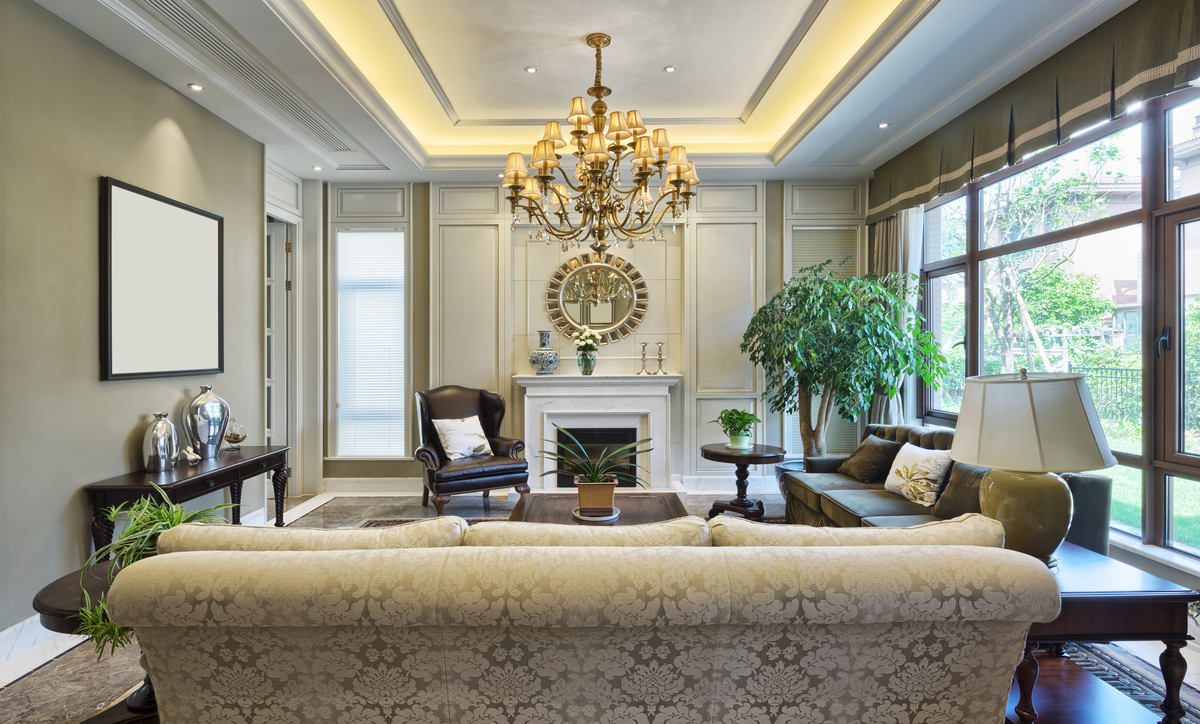
Accessories and Decor
● Sculptures, busts, and urns bring a museum-like ambiance.
● Crystal chandeliers cast a warm, inviting glow.
● Mirrors with gilded frames expand the sense of space.
Renaissance-Inspired Lighting Ideas
Ceiling Fixtures
● Multi-tiered chandeliers crafted from iron or brass.
● Lantern-style pendants evoke an old-world feel.
● Ceiling medallions complement grand light fixtures.
Ambient and Task Lighting
● Table lamps with carved bases and fabric shades.
● Wall sconces featuring classic motifs and candle-style bulbs.
● Floor lamps that mimic antique torchères.
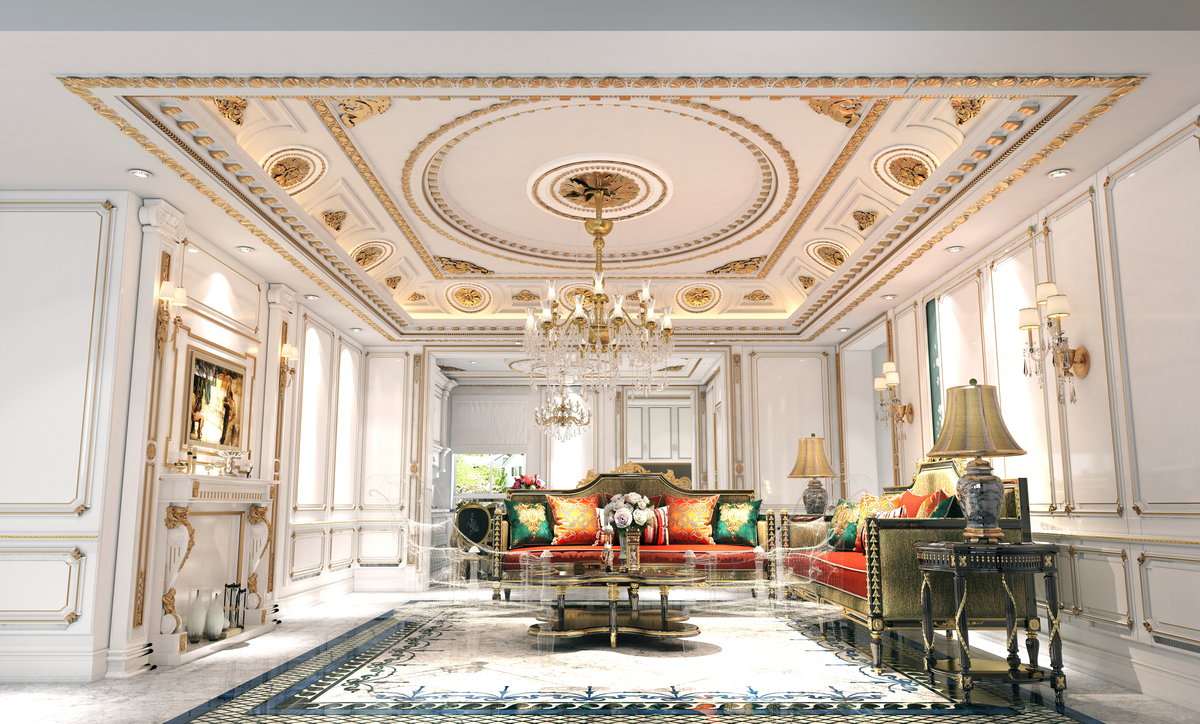
Natural Light Maximization
● Large windows dressed with luxurious drapery.
● Strategic placement of mirrors reflects daylight beautifully.
Renaissance Style in Modern Homes
Blending Old and New
● Antique furniture mixed with minimalist decor for balance.
● Classic Renaissance colors softened with neutral tones.
● Modern lighting fixtures paired with traditional architectural details.
Space Adaptation
● Small apartments benefit from selective Renaissance accents.
● Feature walls with murals or paneling evoke the desired grandeur.
● Compact furniture designs maintain the essence without overwhelming the space.
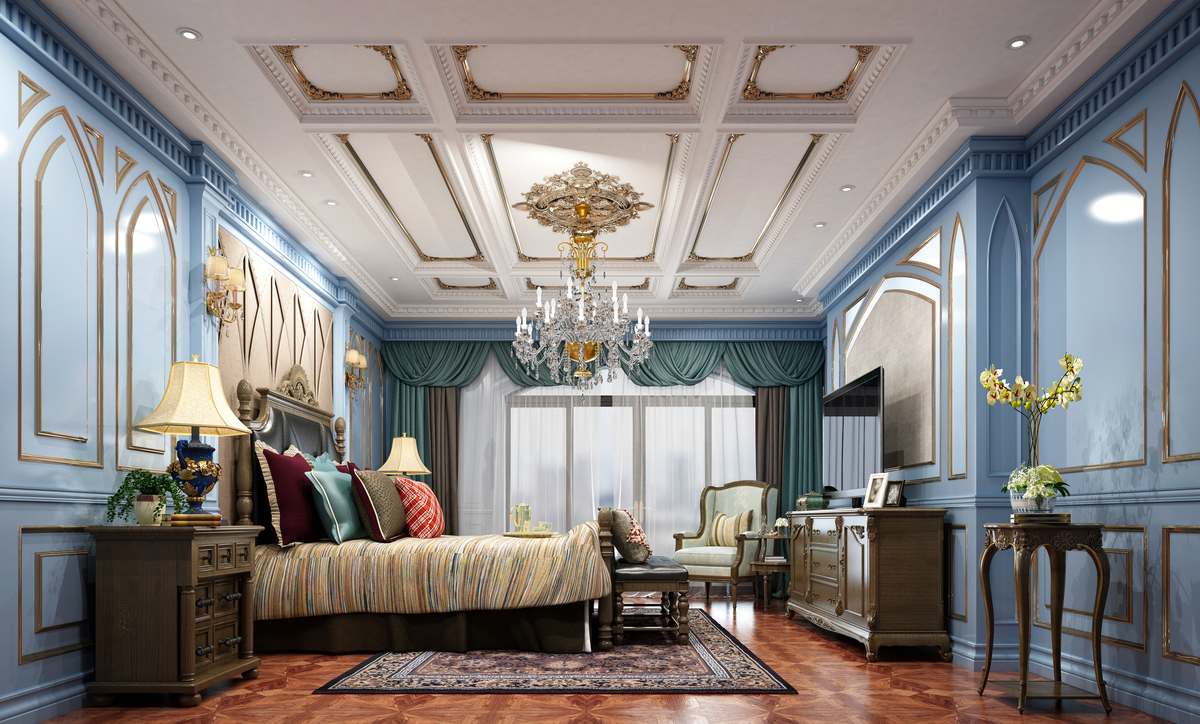
Budget-Friendly Ideas
● Replica artworks and vintage-inspired accessories.
● Faux-finish paint techniques mimic marble and wood textures.
● Decorative plaster moldings elevate simple interiors affordably.
How Renaissance Style Reflects Your Personality
For Lovers of History
● Homes become living tributes to classical art and architecture.
● Every corner tells a story, creating a unique emotional connection.
For Admirers of Elegance
● Luxurious fabrics and ornate details express refined tastes.
● Carefully curated spaces reflect a sense of cultural depth.
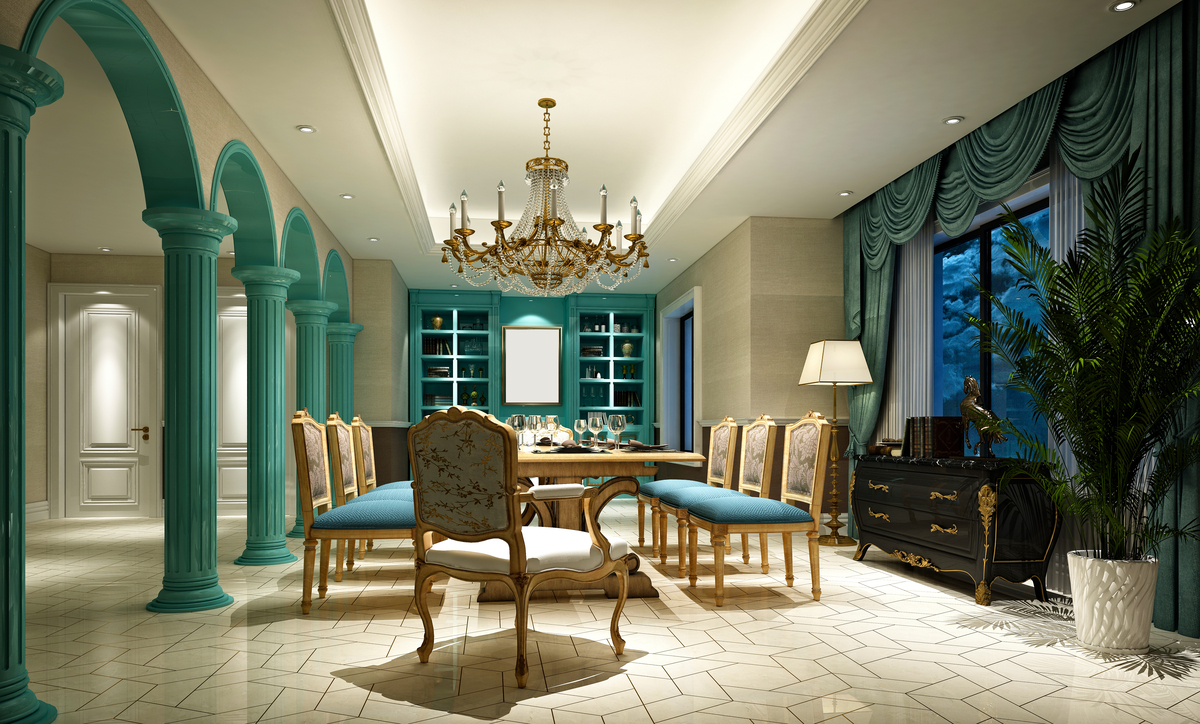
For Those Seeking Timelessness
● Trends fade, but Renaissance design remains forever in style.
● Investing in such interiors means embracing beauty that never feels outdated.
Elite Interior Design Service for a Renaissance Home
For those dreaming of a Renaissance-inspired home, professional guidance makes a world of difference. An elite interior design service helps translate historic elegance into modern living spaces. From selecting the perfect palette to sourcing period-accurate furniture, experts bring your vision to life.
A well-executed Renaissance design not only beautifies your home but also adds cultural and aesthetic value.

Conclusion
Renaissance interior design offers a journey into a world of classical beauty. Its blend of rich materials, artistic expression, and architectural brilliance creates homes that feel both grand and inviting.
Whether decorating an entire villa or adding a few Renaissance accents, this style elevates interiors to a timeless standard.
Ready to bring Renaissance elegance into your home?
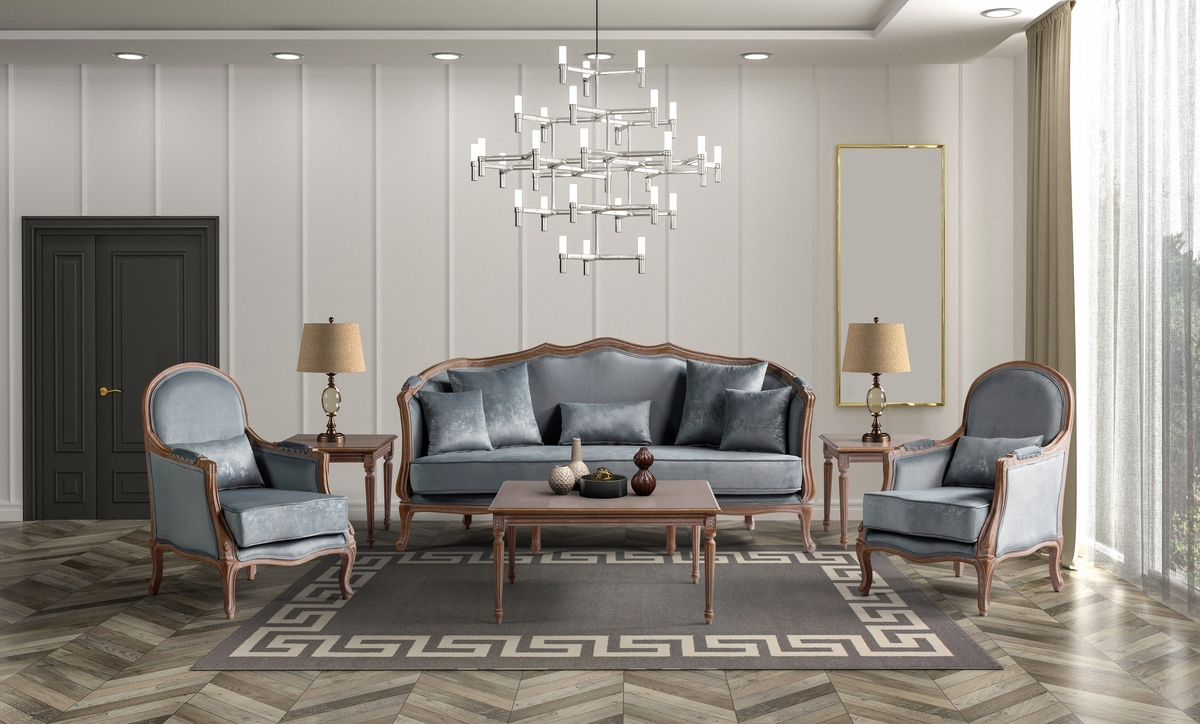
Contact us today to explore how we can help you design a truly magnificent living space.